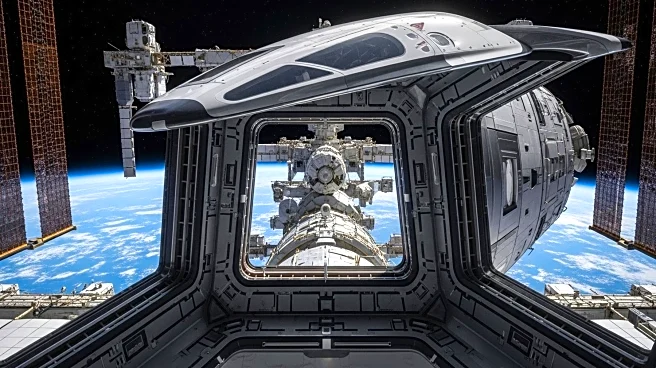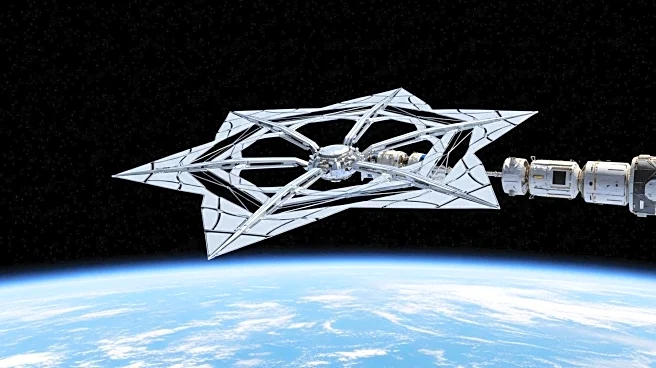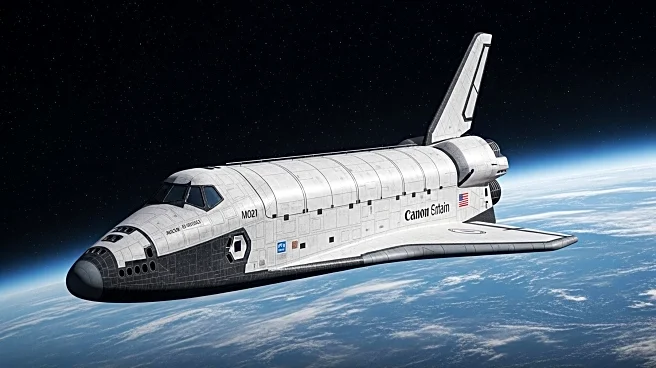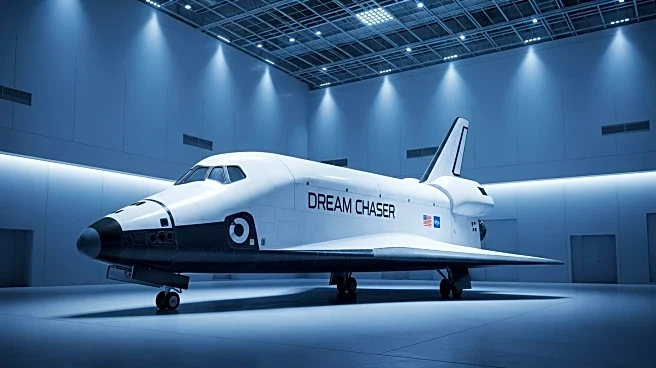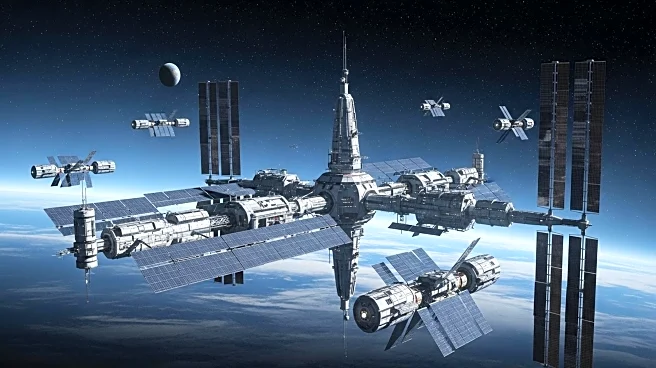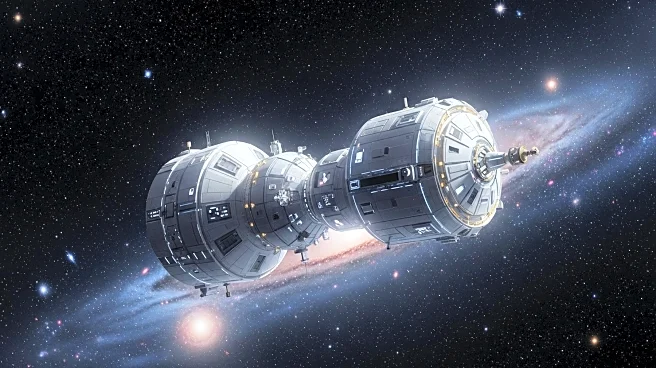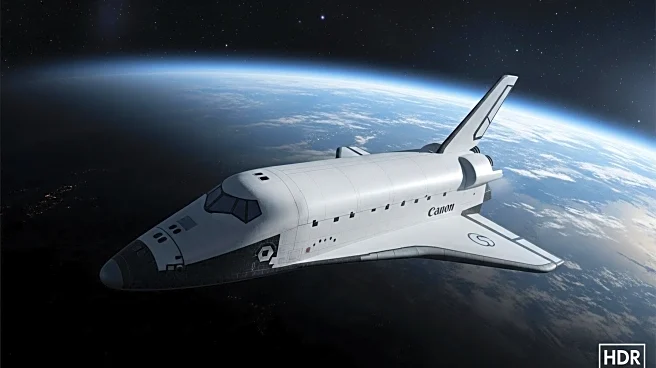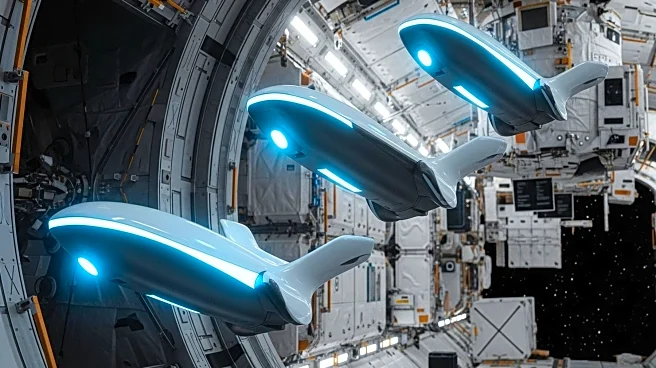What is the story about?
What's Happening?
NASA has successfully installed Northrop Grumman's new Cygnus XL spacecraft onto the International Space Station's Unity Module. This development marks a significant milestone in NASA's ongoing efforts to enhance the capabilities of the International Space Station (ISS). The Cygnus XL is part of NASA's broader mission to support and supply the ISS with necessary equipment and resources. The installation of the Cygnus XL is expected to bolster the station's operational capacity, allowing for more extensive research and experiments in space. This mission is a continuation of NASA's collaboration with commercial partners to ensure the sustainability and advancement of space exploration.
Why It's Important?
The installation of the Cygnus XL spacecraft is crucial for the continued operation and expansion of the International Space Station's capabilities. By partnering with Northrop Grumman, NASA is leveraging commercial expertise to enhance its space missions. This collaboration not only supports the ISS but also paves the way for future space exploration initiatives. The successful integration of the Cygnus XL could lead to more frequent and efficient resupply missions, which are vital for maintaining the ISS as a hub for scientific research. This development underscores the importance of public-private partnerships in advancing space technology and exploration.
What's Next?
Following the installation of the Cygnus XL, NASA and its partners will likely focus on optimizing the spacecraft's operations to maximize its utility for the ISS. Future missions may involve additional installations or upgrades to further enhance the station's capabilities. Stakeholders, including NASA, Northrop Grumman, and other commercial partners, will continue to collaborate on upcoming projects aimed at expanding human presence in space. The success of this mission could also influence future policy decisions regarding space exploration and international cooperation in space endeavors.
Beyond the Headlines
The integration of commercial spacecraft like the Cygnus XL into NASA's operations highlights a shift towards more collaborative approaches in space exploration. This trend could lead to increased innovation and cost-efficiency in space missions. Additionally, the success of such partnerships may encourage other private companies to invest in space technology, potentially leading to a more competitive and dynamic space industry. The long-term implications of these developments could include more sustainable and ambitious space exploration projects, benefiting scientific research and international cooperation.
AI Generated Content
Do you find this article useful?
